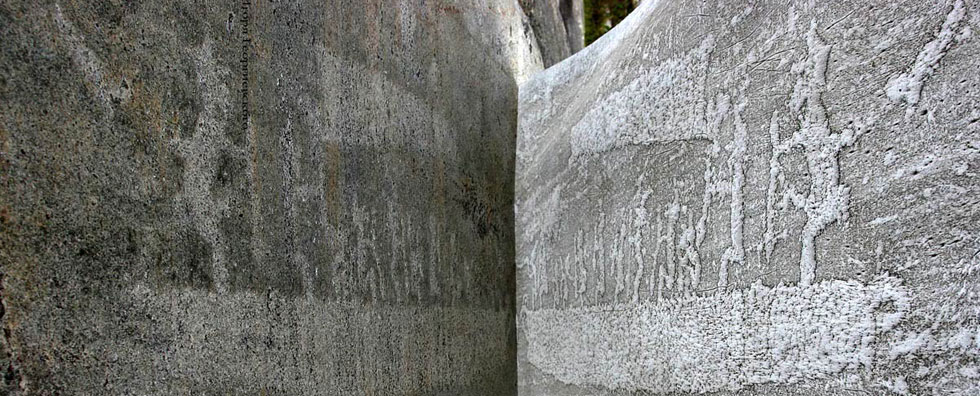
Issue №3, Vol. 19
Sapelkin R., Meerson V., Meerson M., Skrypnikov A., Kazachek M. Features of regions for forest roads construction // Resources and Technology. 2022. №3, Vol. 19. P. 30‒43.
DOI: 10.15393/j2.art.2022.6323
Features of regions for forest roads construction
| Sapelkin Roman Sergeevich | Voronezh State University of Engineering Technologies, sapelrs90@mail.ru |
| Meerson Vera Eduardovna | Voronezh State University of Engineering Technologies, meerson@yandex.ru |
| Meerson Maria Vladimirovna | Voronezh State University of Engineering Technologies, marivladresh@yandex.ru |
| Skrypnikov Aleksey Vasilyevich | Voronezh State University of Engineering Technologies, skrypnikovvsafe@mail.ru |
| Kazachek Maria Nikolaevna | Voronezh State Forest Engineering University named after. G.F. Morozova, kaza4yok-marya@ya.ru |
|
Key words: amplitude of air and soil temperature fluctuations at different depths temperature difference between the upper layers of soil and air freezing depth transition coefficient. |
Summary: The authors calculated soil freezing and winter moisture accumulation during the construction of logging roads. The physical and technical indicators of light sandy loam are given in regard to thaws, and the values of the availability index and the transition coefficient for road categories are recommended. The authors analyzed the long-term statistical observation of the temperature regime for the subgrade stability. They also considered the distribution of soil temperature in depth, the influence of the amount of moisture accumulation in the subgrade. Tables of the amplitude of fluctuations in air and soil temperatures at different depths are given. The authors note that regulation of the water and temperature regimes of road structures is required. To establish the estimated depths of freezing of subgrade soils of logging roads, the “analogue” method was used to compare parallel observations of the freezing depth under and without snow cover. The climatic conditions of the Novgorod region were considered and it is determined that in these climatic conditions unfavorable conditions are created for the normal course of water-thermal processes in the subgrade soils and logging roads base. Waterlogging of subgrade soils leads to a decrease in the strength of road base resulting in its partial or complete destruction by timber tracks. To improve the water-thermal processes behavior the authors propose to arrange engineering measures that contribute to the regulation of both water and temperature regimes of road structures. |
Displays: 647; Downloads: 388;




